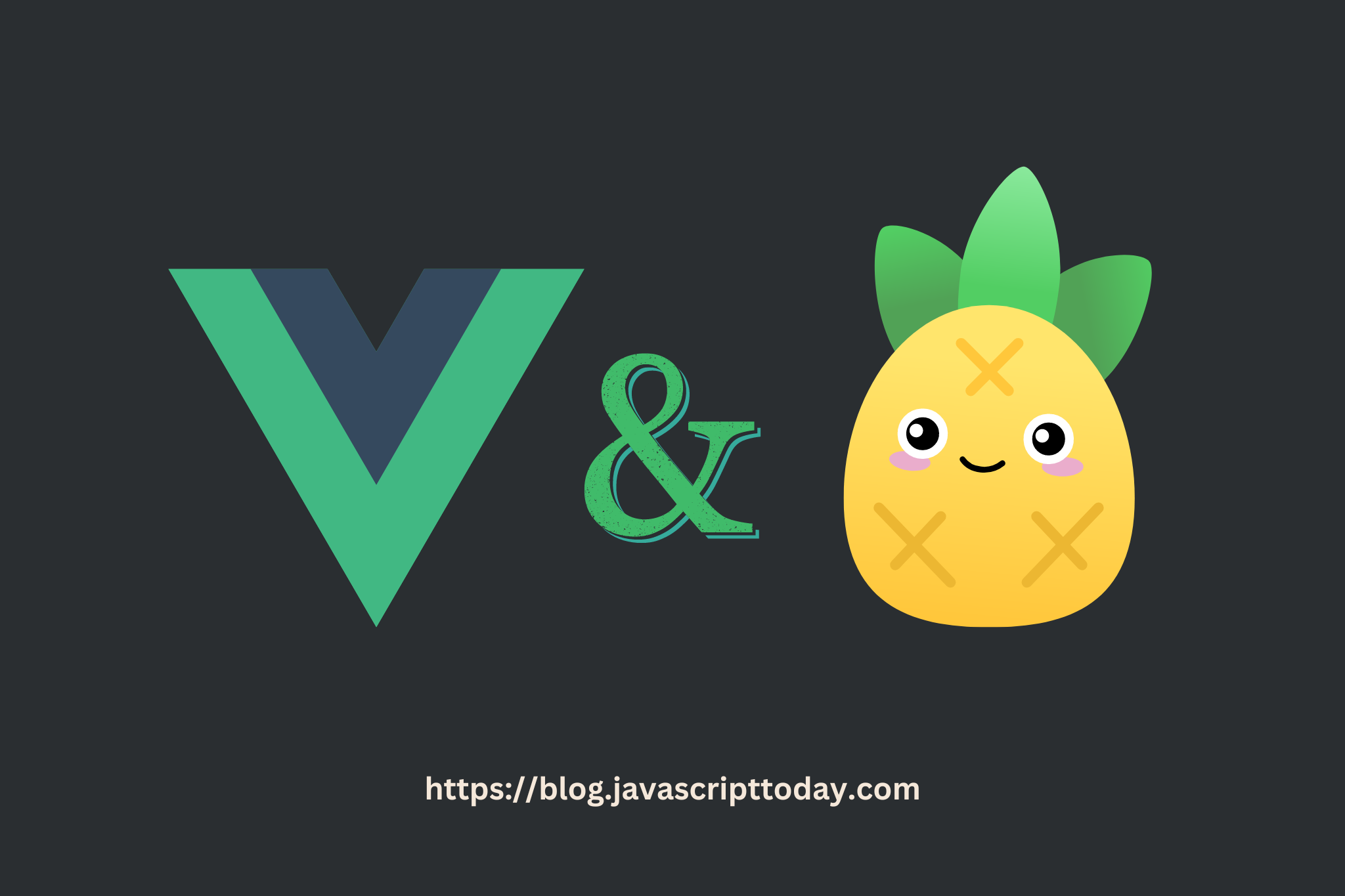Created by Eduardo San Martin
Morote, the creator of VueUse, Pinia is a state management library, and it’s rapidly gaining popularity in the VueJS
community.
It’s a powerful tool that offers a simple and reactive way of
managing the state of your application. Let’s take a closer look
at Pinia and explore its advantages and disadvantages.
Advantages of Pinia
One of the main advantages of Pinia is its simplicity. Unlike other state
management libraries, Pinia doesn’t rely on complex concepts like reducers,
actions, or sagas. Instead, it offers a straightforward and reactive way of
managing the state of your application.
With Pinia, you define your state in a store, which is simply an object that contains
your data and any methods you need to manipulate it.
You can then access this store from any component in your application, and any changes you make
to the state are immediately reflected throughout your application.
Another advantage of Pinia is its performance. Other state management
libraries rely on complex algorithms to track changes in your data. Pinia, on the other hand,
uses a simple and reactive system that minimizes the amount of reactivity
updates that need to be made. This means that your application will be more
efficient and faster than if you were using a more complex state management
library.
Pinia also integrates seamlessly with VueJS, making it easy to use in any VueJS
application. It offers a set of hooks that allow you to access your state from
your components without having to worry about complex state management
logic.
This makes it easy to build scalable and efficient applications that can handle large amounts of data.
Disadvantages of Pinia
While Pinia is a great choice for many VueJS developers, it does have some
disadvantages that you should be aware of. One of the main disadvantages of
Pinia is that it’s relatively new and not as well-known as some of the other
state management libraries available for VueJS. This means that there are
fewer resources available for learning how to use Pinia, and you may run into
issues that are difficult to solve without a lot of experience.
Another disadvantage of Pinia is that it doesn’t offer some of the more advanced
features that other state management libraries do. For example, Pinia doesn’t
have built-in support for middlewares or advanced debugging tools. While
these features may not be essential for all applications, they can be useful for
more complex projects.
Best practices for using Pinia
If you’re interested in using Pinia in your VueJS application, there are some best
practices that you should keep in mind to ensure that your code is efficient,
scalable, and maintainable.
First, it’s important to keep your stores small and focused. This means that you
should create separate stores for different parts of your application, rather
than putting all of your data in one store. This makes it easier to manage your
data and ensures that changes to one part of your application won’t affect
other parts.
Second, you should use getters and actions to manipulate your data, rather than
manipulating it directly. This makes your code more modular and easier to
test, as you can test each getter and action in isolation.
Third, you should use the computed option in your components to create reactive
properties that are based on your Pinia stores. This allows you to create
complex logic in your components without having to worry about managing
the state manually.
Finally, you should make use of the mapActions and mapGetters functions that
Pinia provides. These functions allow you to map your store’s actions and
getters to your component’s methods and computed properties, respectively.
This makes it easy to access your store’s data from your components without
having to write a lot of boilerplate code.
Topics
About the Author
Goktug Erol
Goktug Erol is a cybersecurity engineer specializing in application security, penetration testing and network security.
Discussion (Loading...)
Join the Discussion
Sign in to share your thoughts and engage with the JavaScript Today community.





